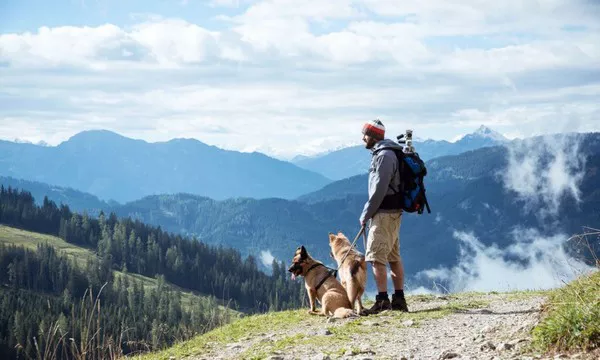Embarking on a 3-day backpacking trip offers a unique blend of adventure and self-sufficiency, whether you’re exploring a local trail or venturing into the wilderness. Proper preparation is essential to ensure a safe and enjoyable experience. Here’s a detailed guide on what you’ll need to pack and consider for a successful journey.
Planning Your Route and Itinerary
The first step in preparing for a backpacking trip is planning your route and itinerary. Research the area thoroughly, considering factors like terrain difficulty, elevation gain, water sources, and camping regulations. Obtain maps and trail guides to familiarize yourself with the route and potential landmarks.
When crafting your itinerary, factor in your fitness level and pace. Aim to cover a manageable distance each day, allowing time for breaks and unforeseen delays. Consider the availability of campsites along your route and plan accordingly.
Essential Gear Checklist
1. Backpack:
Choose a comfortable, properly fitted backpack capable of holding all your gear. Opt for a size appropriate for a multi-day trip, typically ranging from 40 to 70 liters depending on the volume of your equipment.
2. Shelter:
Carry a lightweight tent or hammock with a rainfly to protect against the elements. Ensure your shelter is suitable for the expected weather conditions and terrain.
3. Sleeping Gear:
Pack a sleeping bag rated for the expected nighttime temperatures. A sleeping pad provides insulation and comfort, especially on hard or uneven ground.
4. Clothing:
Bring moisture-wicking, quick-drying clothing suitable for layering. Include a waterproof jacket or shell, insulating layers, socks, and a hat. Choose materials like merino wool or synthetic fabrics that retain warmth even when wet.
5. Footwear:
Invest in sturdy, broken-in hiking boots or trail shoes that offer ankle support and traction. Pack moisture-wicking socks to prevent blisters and discomfort.
6. Navigation Tools:
Carry a map and compass as primary navigation tools, supplemented by a GPS device or smartphone with downloaded maps. Familiarize yourself with how to use these tools before your trip.
7 .Food and Cooking Supplies:
Plan lightweight, high-energy meals that require minimal preparation. Pack a portable stove, fuel, cookware, utensils, and a food storage system like resealable bags. Include snacks for quick energy boosts during the day.
8. Water Treatment:
Ensure access to safe drinking water by carrying a water filter, purification tablets, or a UV light system. Research water sources along your route and plan refills accordingly.
9. First Aid Kit:
Assemble a comprehensive first aid kit containing bandages, pain relievers, antiseptic wipes, blister treatment, and any personal medications. Customize your kit based on potential risks and individual medical needs.
10. Hygiene and Personal Care Items:
Include travel-sized toiletries such as biodegradable soap, toothpaste, and a lightweight towel. Pack sunscreen, lip balm, insect repellent, and a small trowel for waste disposal.
Safety and Comfort Tips
1. Leave No Trace:
Follow Leave No Trace principles to minimize your impact on the environment.
2. Check the Weather:
Monitor weather forecasts and be prepared for changing conditions.
3. Stay Hydrated and Fueled:
Drink plenty of water and snack regularly to maintain energy levels.
4. Manage Waste Properly:
Pack out all trash and dispose of human waste at least 200 feet away from water sources.
5. Be Prepared for Emergencies:
Share your itinerary with someone reliable and carry an emergency whistle, fire starter, and signaling devices.
6. Adjust Your Pace:
Pace yourself according to your fitness level and the difficulty of the terrain.
7. Respect Wildlife:
Observe wildlife from a distance and avoid feeding or approaching animals.
Enjoying the Journey
While the physical aspects of backpacking are important, don’t forget to savor the beauty of nature and the sense of adventure. Take breaks to admire the views, listen to the sounds of the wilderness, and capture memorable moments with your camera. Engage with fellow hikers you encounter along the trail and share stories. Remember, a backpacking trip is not just about reaching the destination but also about appreciating the journey.
Conclusion
A well-planned and equipped backpacking trip allows you to disconnect from daily routines and immerse yourself in nature. By preparing diligently and packing thoughtfully, you can embark on a 3-day adventure with confidence. Remember to prioritize safety, respect the environment, and embrace the rewarding challenges of backpacking. Happy trails!

